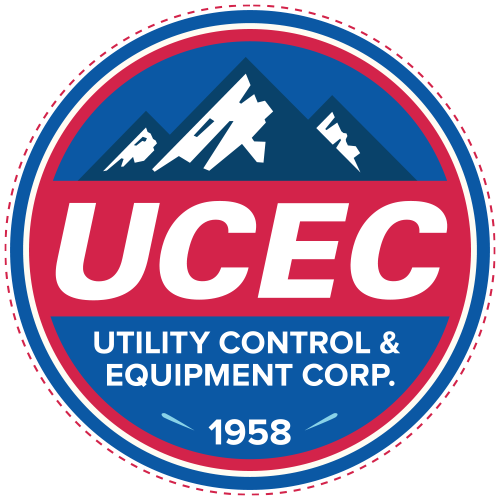Selecting Energy-Efficient Components for Industrial Control Panels: Enhancing Sustainability and Performance - Part 2
In the realm of industrial control panel design, the selection of components plays a pivotal role in shaping not only the functionality and reliability of the system but also its energy efficiency. As industries increasingly prioritize sustainability and operational cost-effectiveness, the careful consideration of energy-efficient components has become paramount. In this article, we explore the key principles and strategies involved in selecting energy-efficient components for industrial control panels, ranging from choosing components with low power consumption to integrating cutting-edge technologies for energy savings.
Choosing Components with Low Power Consumption
At the heart of energy-efficient control panel design lies the selection of components with low power consumption. By opting for components that operate with minimal energy requirements, engineers can significantly reduce the overall power demand of the control panel system. This includes carefully evaluating the power specifications of devices such as relays, contactors, and circuit breakers, and opting for models that offer optimal performance with minimal energy consumption.
Additionally, advancements in semiconductor technology have led to the development of energy-efficient microcontrollers, processors, and integrated circuits that enable efficient operation while minimizing power usage. By leveraging these advancements, designers can ensure that control panel systems operate with maximum efficiency, thereby reducing energy costs and environmental impact.
Evaluating Efficiency Ratings and Standards
In the process of component selection, it is crucial to assess efficiency ratings and adhere to industry standards and regulations. Manufacturers provide efficiency ratings for various components, such as motors, drives, and transformers, which indicate their energy performance under specific operating conditions. By comparing these ratings and selecting components with higher efficiency levels, engineers can optimize energy usage and minimize waste in control panel systems.
Furthermore, compliance with industry standards, such as those set forth by organizations like the International Electrotechnical Commission (IEC) and the National Electrical Manufacturers Association (NEMA), ensures that control panel components meet rigorous criteria for energy efficiency and safety. Adhering to these standards not only enhances the reliability and performance of control panel systems but also contributes to overall sustainability efforts within industrial operations.
Integration of Modern Technologies for Energy Savings
In recent years, the integration of modern technologies has revolutionized the landscape of energy-efficient control panel design. Solid-state relays, for example, offer significant advantages over traditional electromechanical relays by providing faster switching speeds, reduced power consumption, and enhanced reliability. By replacing conventional relays with solid-state alternatives, engineers can achieve greater energy savings and improve system performance.
Similarly, the adoption of LED indicators and displays represents another avenue for energy efficiency in control panel design. LED technology offers superior energy efficiency compared to traditional incandescent or fluorescent lighting, resulting in lower power consumption and longer lifespan. By incorporating LED indicators into control panels, engineers can reduce energy usage while ensuring clear and visible status indications for operators.
Conclusion
In conclusion, the selection of energy-efficient components plays a pivotal role in optimizing the performance, reliability, and sustainability of industrial control panels. By choosing components with low power consumption, evaluating efficiency ratings and standards, and integrating modern technologies such as solid-state relays and LED indicators, engineers can develop control panel systems that operate with maximum efficiency and minimal environmental impact. As industries continue to prioritize sustainability and energy conservation, the careful selection of components will remain a cornerstone of effective control panel design, driving innovation and progress in industrial automation and process control.
UL 508A, 698A, & NNNY Certified.
Pioneering the Past, Engineering the Future: Craftsmanship Unleashed!

